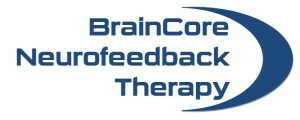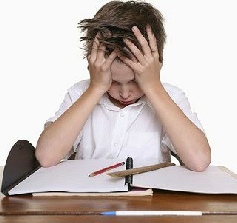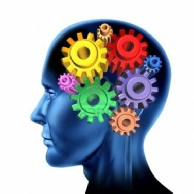BrainCore Therapy Centers of NJ
BrainCore Therapy Centers of NJ

The first line of treatment for the millions of kids diagnosed with Attention Deficit Disorder (ADD) or Attention Deficit Hyperactivity Disorder (ADHD) is often drugs.
But is medication the best answer or might there be a less drastic natural alternative to treating ADHD? ADD/ADHD ranks among the most widespread neurological disorders among American children. It is estimated to affect up to 7 percent or as many as 5 million children at any one time. These statistics translate into at least one child in every classroom in the United States. While it is not itself a specific learning disability, ADD/ADHD interferes with concentration and attention, making it difficult for a child to do well in school and in social situations.
New research proves that ADD/ADHD is closely tied to: Brain size, Brain density, and the way brainwaves are produced
Scientists have discovered that children with ADHD often have a smaller pre frontal cortex – the part of the brain that controls thought and action.

This is an especially important part of the brain playing a role in many key functions including impulse control, socialization, reason and judgment. Researchers believe that this may be why children with ADHD are more prone to drifting off, making sudden outbursts, or using poor judgment.
Other research into ADHD has focused on nerve tissue in different areas of the brain. It appears that in children with ADHD this nerve tissue is smaller or sometimes thinner than in normal children of the same age. In addition, there seems to be less connections between the neurons of the brain in children with ADHD. While scientists aren’t certain as to why, they believe that these variations can affect a child’s attention and impulse control.
The convention treatment of ADD/ADHD is stimulant medications such as Ritalin (methylphenidate), Dexedrine (dextroamphetamine), Desoxyn (methamphetamine) or Cylert (pemoline). The goal of these medications is to stimulate the pre-frontal cortex.
When stimulants are not effective, children may be given tricyclic antidepressants, which often have harmful side effects. These include social withdrawal, decreased responsiveness to parents and other children, clinical depression, fatigue, loss of humor, increased compulsive behavior, appetite suppression, impaired growth, and the risk of addiction.

Brainwave ImbalanceIn order for the brain to function optimally, the parts of the brain must talk to one another constantly. The brain accomplishes this communication by transmitting electrical signals along neurons that connect one area of the brain to another. The electrical signals are expressed as brain waves. When you perform a task, like making breakfast or doing schoolwork, your brain should produce a fast brainwave (Beta wave) to keep you focused and allow for quick neurologic communication within the brain. However, in an ADD/ADHD child, slow brainwaves (Theta waves) are used when performing a task. Recall that researchers believe that the size and density of the pre-frontal cortex are altered in people with ADHD, so therefore their brainwave production will be altered.

For ADD/ADHD patients, the goal of BrainCore Therapy is to teach the individual how to increase the production of fast Beta waves on their own. Over thirty years of university based medical research has proven that this natural ADHD therapy creates new circuits in the brain that can be accessed as needed by the individual providing ADHD natural relief. The creation of this new circuitry speeds up the brainwaves without the need for dangerous medications.
In a typical BrainCore session, the doctor attaches surface sensors to your scalp using a small dab of a special paste. The sensors send information about your brain waves back to a computer where each brain wave is displayed for the doctor. The computer is programmed to reward you – the more you are able to control your brainwaves. The reward may be in the form of a video, pleasant sound or a computer game such as Pac Man.